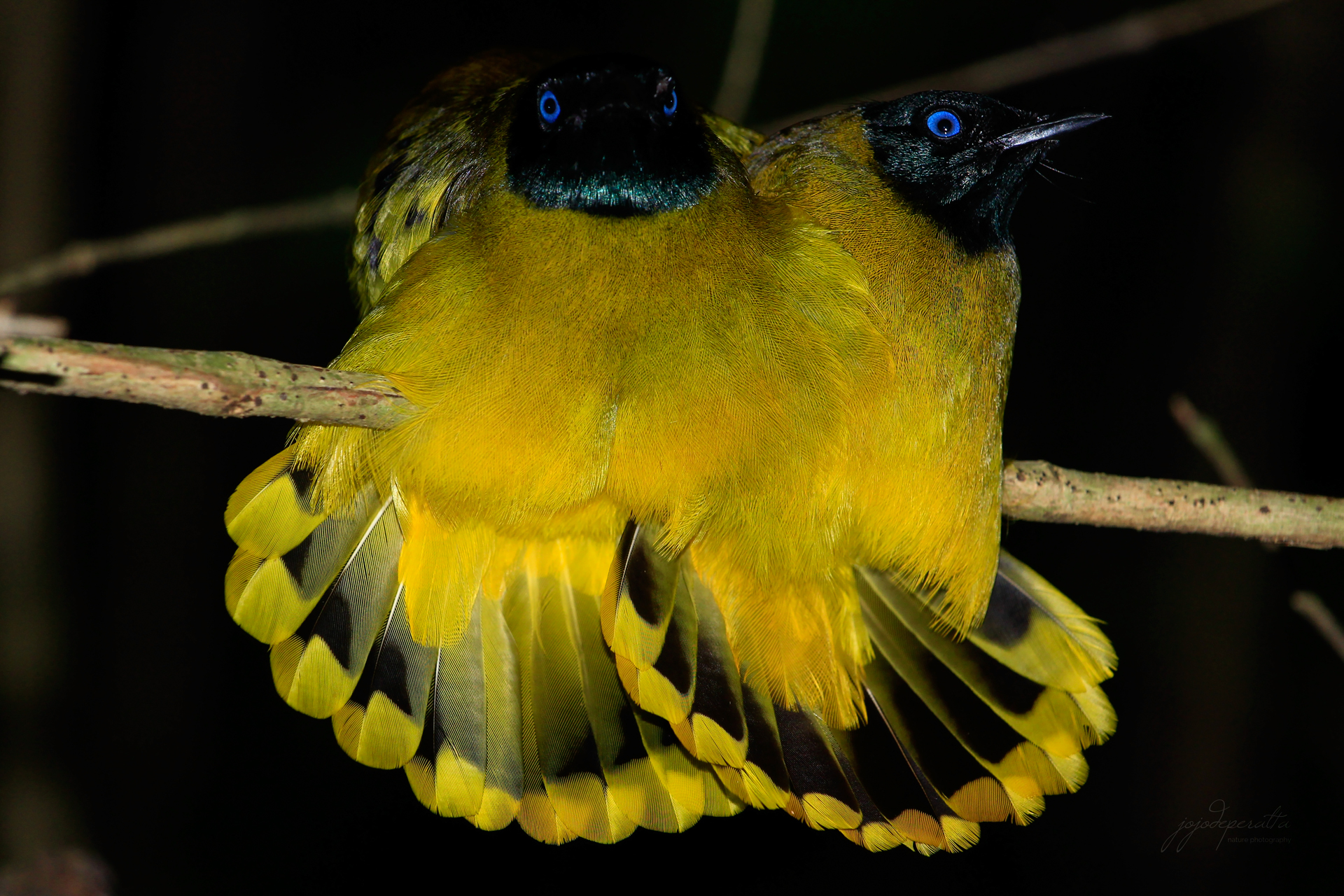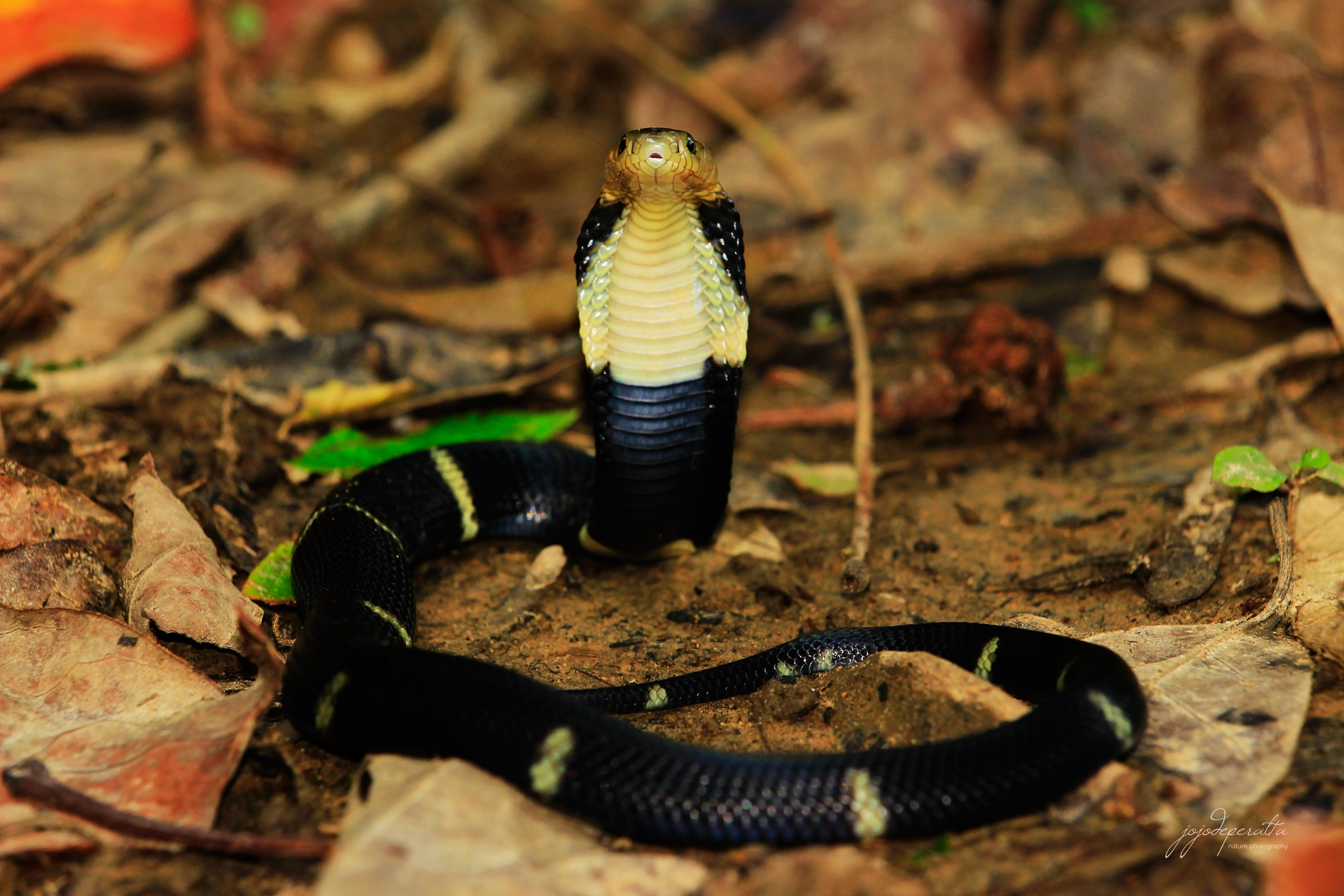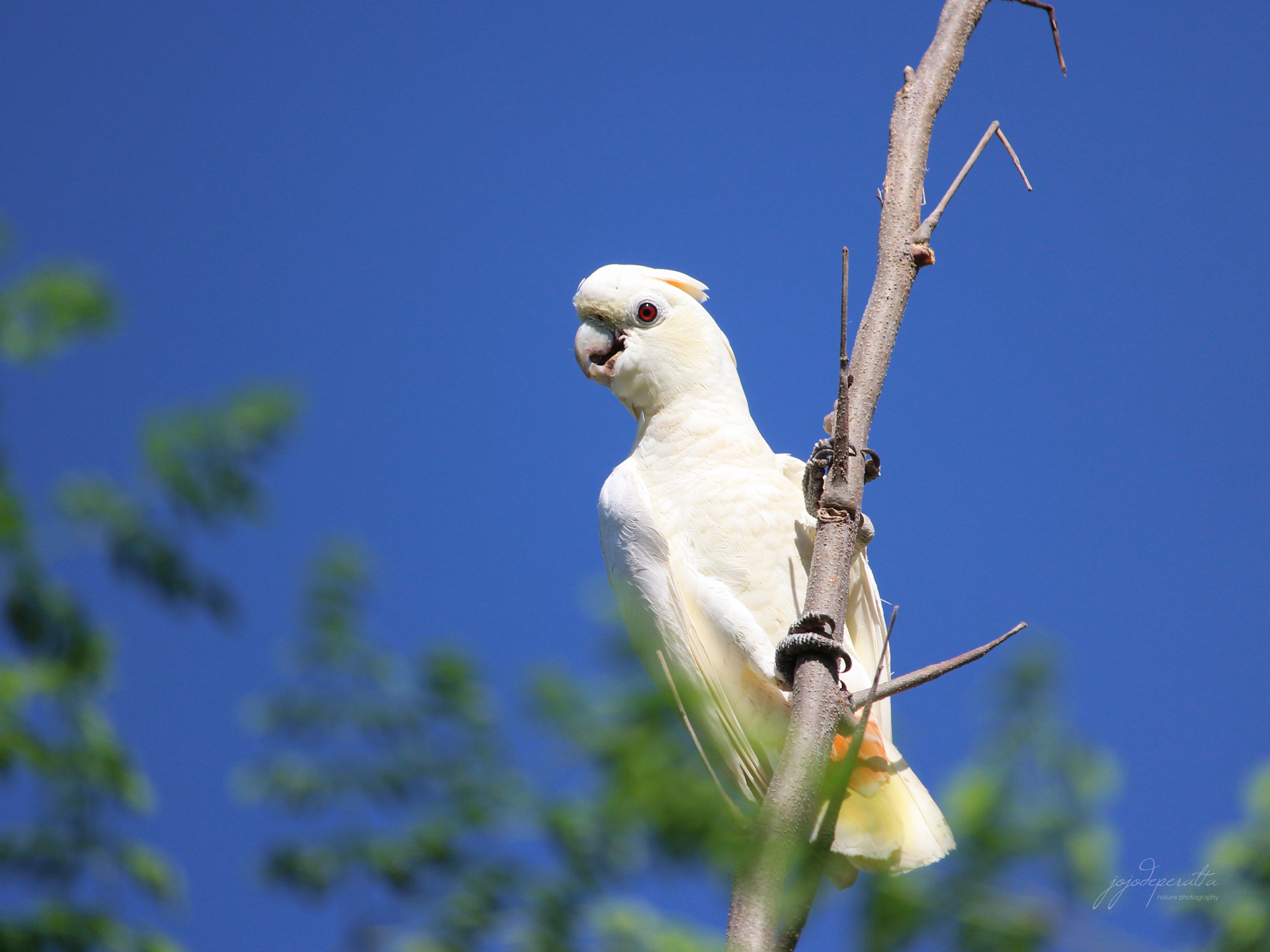Black-headed Bulbul
.jpg) |
| Black-headed Bulbul |
Brachypodius melanocephalos melanocephalos (Gmelin, JF, 1788) or the Black-headed Bulbul is one of the most beautiful birds that can be found in Palawan. It is a small member of the bulbul family of passerine birds measuring about 171 mm in length. It has mainly olive-yellow plumage and a black head with a purplish or bluish gloss. The tail is olive-yellow with broad black subterminal band and tipped with yellow. The bill and legs are black, the eyes are cobalt-blue.
.jpg) |
| Black-headed Bulbul |
The Black-headed Bulbul distribution is widespread in Palawan mainland. It is occurring from mangrove areas up to the mountain foothills, especially near rivers and places with low trees or clearings. It can be found in open areas with bushes, early second growths, mangrove edges, and pockets of trees around agricultural areas where it flies and feeds singly, in flocks or mixed groups. It is very active in the morning and usually sits out on exposed tree branches.
 |
| Black-headed Bulbul |
This species is known to take insects from time to time, but it mainly feeds on small berries and small fruits. The fruit of the Antidesma tree is one of their favorites, and flocks of Black-headed Bulbul can be seen feeding with other species when it is in season. This species has an unusual habit of sleeping with its tail spread open in a fan-like fashion. We often found them sleeping singly or in pairs a few meters above the ground, usually near the tip of low branches or vines. A good tactic to avoid being reached by predators at night like the Philippine Palm Civet, a Palawan’s resident passerine assassin.









